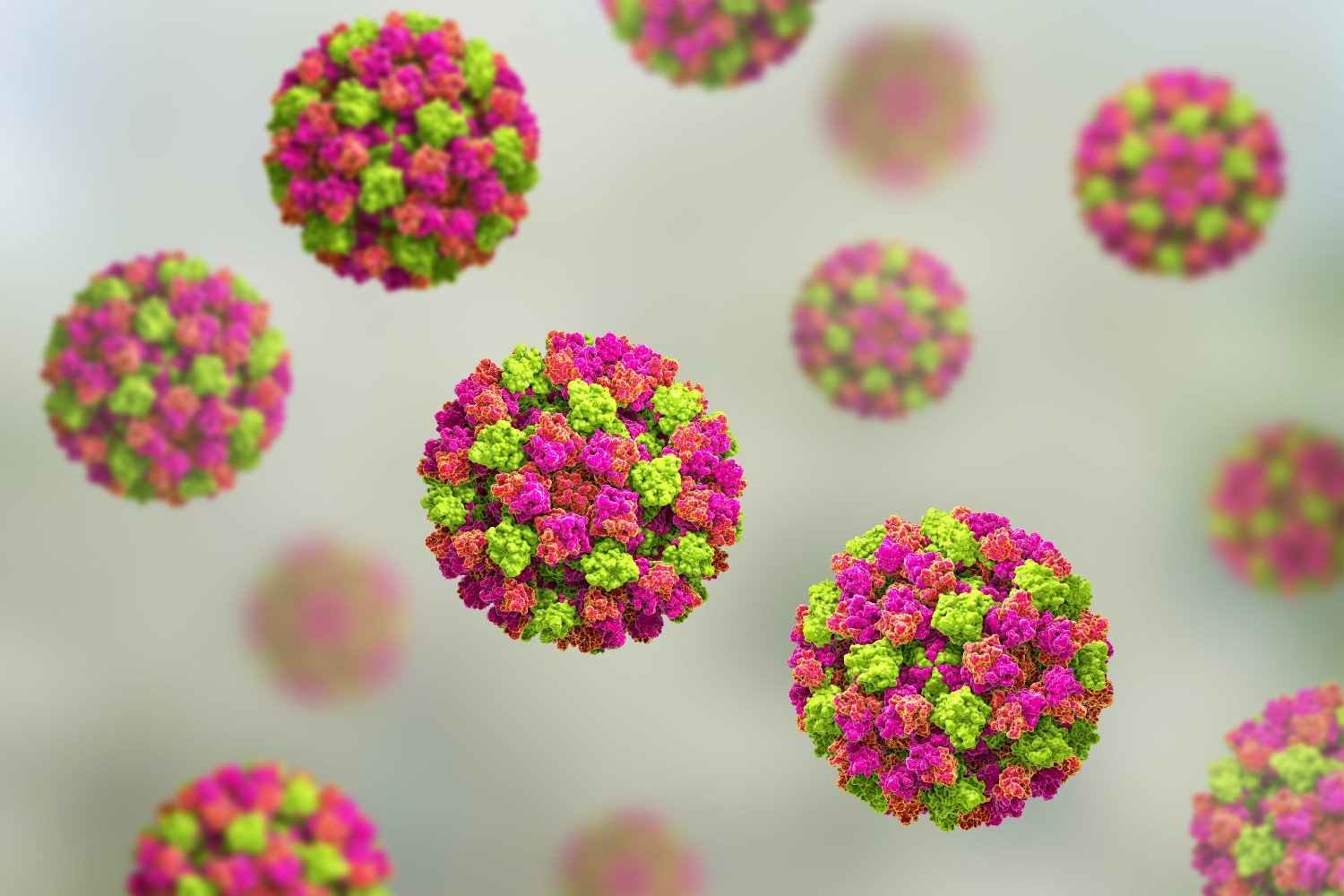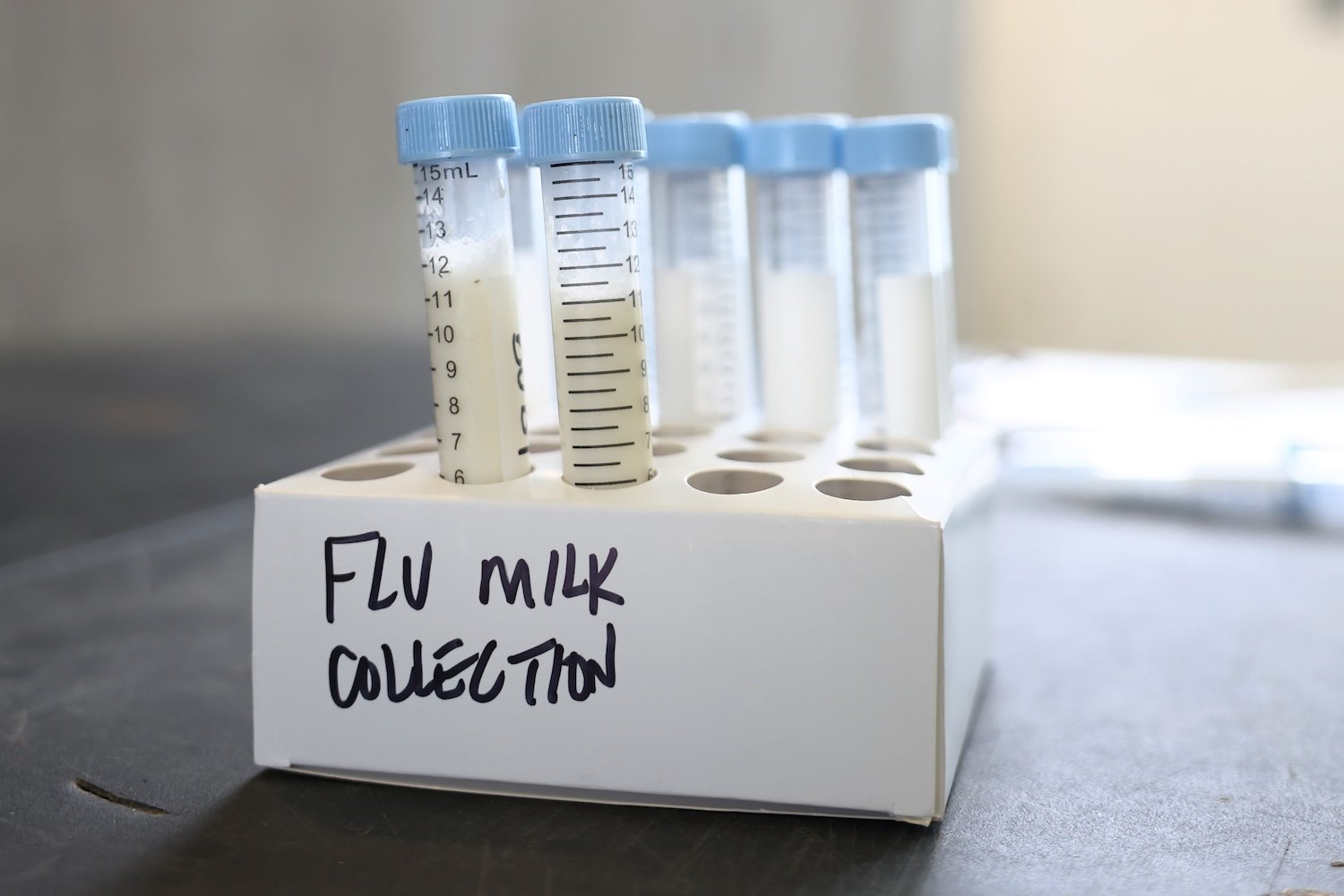Norovirus, often referred to as the “stomach bug,” is experiencing a resurgence in the United States, posing a significant public health concern as we enter the new year. Recent data from the Centers for Disease Control and Prevention (CDC) reveals a concerning uptick in norovirus outbreaks, reminding us of the importance of vigilance and preventive measures.
This article explores the recent surge in norovirus cases, examines the contributing factors, and provides practical advice on how to protect yourself and others from this highly contagious virus.
CDC Data Shows Increase in Norovirus Outbreaks
The CDC’s latest surveillance report indicates a substantial increase in reported norovirus outbreaks during the first week of December. While this data offers a limited view of the virus’s true prevalence, it aligns with the overall trend of increased norovirus activity observed throughout 2024. The CDC reported 91 outbreaks nationally during that week, a significant jump from previous weeks and exceeding typical seasonal patterns.
2024: A Notable Year for Norovirus Activity
Although norovirus is often associated with cruise ships, it is a common cause of gastrointestinal illness in various settings. In fact, it is the leading cause of foodborne illness in the U.S. Norovirus typically causes diarrhea, vomiting, and other flu-like symptoms, lasting up to three days. While rarely life-threatening, norovirus leads to a significant number of hospitalizations annually.
The Post-Pandemic Resurgence
Norovirus, like many other infectious diseases, saw a temporary decline during the initial years of the COVID-19 pandemic due to increased social distancing measures. However, as social activity returned to pre-pandemic levels, norovirus has made a substantial comeback. Notably, 2024 has witnessed an unusual surge in norovirus activity, even surpassing typical seasonal trends.
Understanding the CDC Surveillance Data
The CDC’s surveillance system captures data from 14 states, providing valuable insights into norovirus trends. However, it’s crucial to acknowledge that the reported outbreaks represent only a fraction of the actual cases. Many individuals experience mild norovirus symptoms and do not seek medical attention, leading to underreporting.
Furthermore, tracing the source of norovirus outbreaks can be challenging, except in cases linked to specific contaminated food sources.
The Challenge of Limited Immunity
Another factor contributing to norovirus outbreaks is our limited immunity to the virus. Multiple norovirus strains circulate simultaneously, and infection with one strain does not guarantee protection against others. Immunity to a particular strain also wanes over time, potentially lasting only a few months in some cases.
Preventing Norovirus Transmission
Despite the challenges, individuals can take proactive steps to minimize the risk of contracting and spreading norovirus. Frequent and thorough handwashing with soap and water is crucial. Hand sanitizers are not effective against norovirus due to the virus’s structure. Individuals experiencing norovirus symptoms should avoid contact with others and refrain from preparing food for others, even after symptoms subside, as the virus can be shed in stool for extended periods.
Food Safety Practices
Practicing proper food safety measures can also reduce the risk of norovirus infection. Washing fruits and vegetables thoroughly, cooking shellfish to the recommended internal temperature, and regularly cleaning kitchen surfaces and utensils are essential steps. Hand hygiene after handling uncooked food is also crucial to prevent cross-contamination.
Hope for the Future: Norovirus Vaccines
Several research groups and pharmaceutical companies are actively developing norovirus vaccines, with some candidates progressing to late-stage clinical trials. These advancements offer hope for a future where the burden of norovirus illness is significantly reduced.
Conclusion: Protecting Yourself and Others
The recent rise in norovirus outbreaks underscores the need for increased awareness and proactive prevention strategies. By understanding the factors contributing to norovirus transmission and adopting recommended hygiene practices, we can collectively minimize the impact of this persistent virus. While a definitive solution in the form of a vaccine is still under development, the preventive measures outlined above can effectively reduce the risk of norovirus infection and help protect ourselves and our communities.











